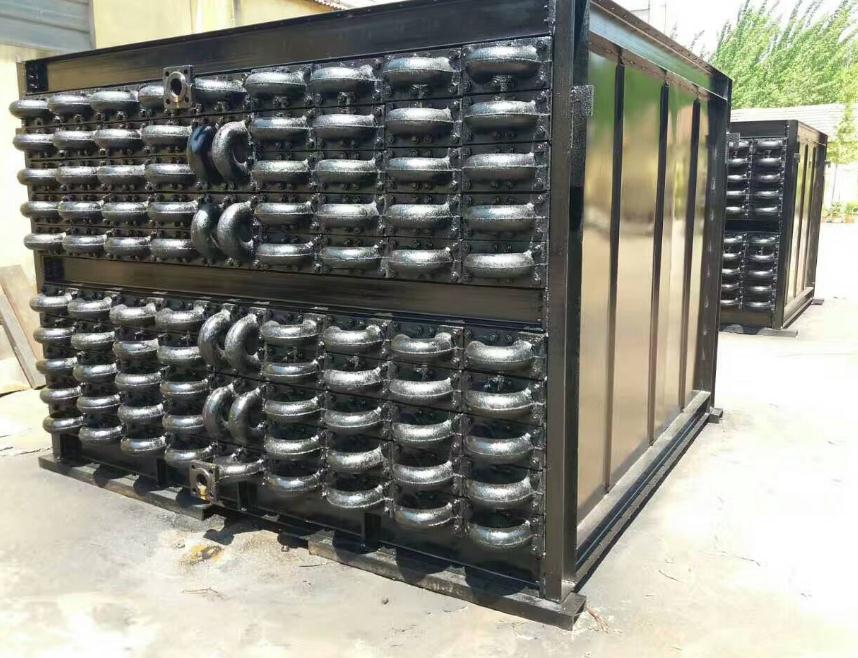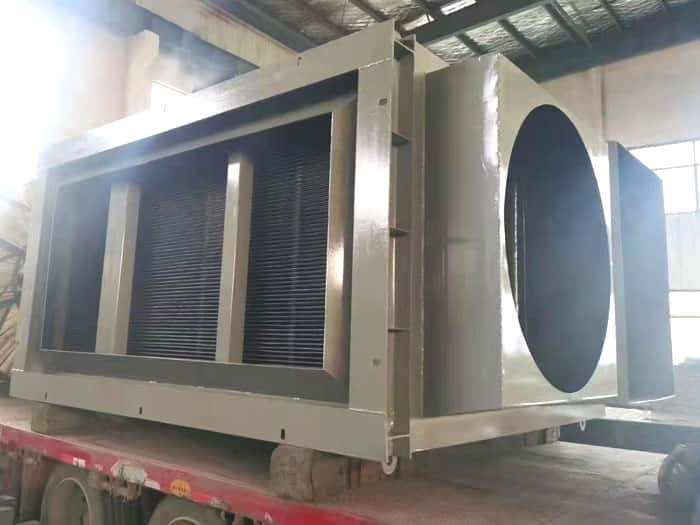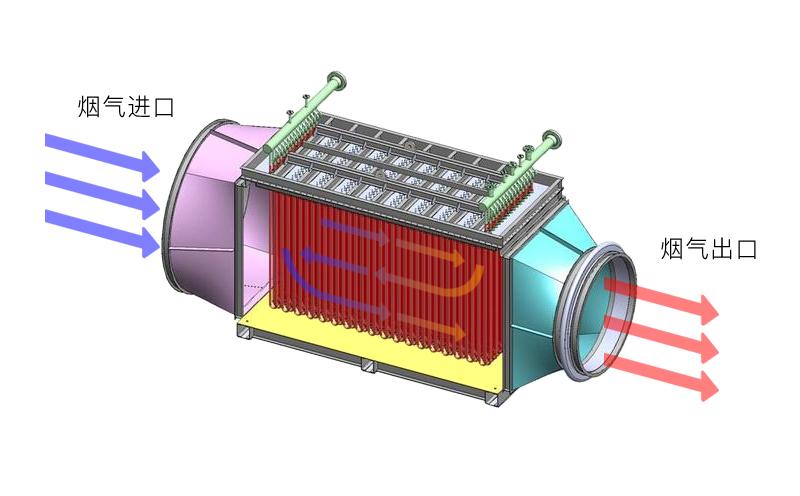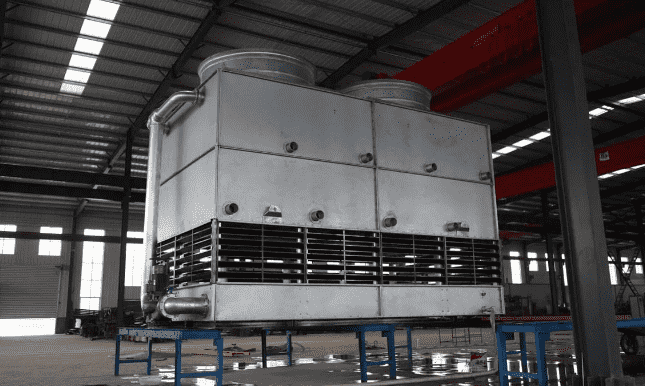Oil drilling is a complex process that requires specialized equipment and techniques to extract crude oil from underground reservoirs.
One of the key components of this process is the use of finned tubes, which are tubes with extended surfaces that increase heat transfer efficiency.
In this article, we will explore the application of finned tubes in oil drilling and how they improve the efficiency and safety of the process.
Finned tubes are commonly used in heat exchangers to transfer heat between fluids or gases.
In the case of oil drilling, finned tubes are used in the cooling system of the drilling equipment.

As the drill bit penetrates the earth, it generates a significant amount of heat due to friction between the drill bit and the rock.
This heat must be dissipated to prevent damage to the drilling equipment and ensure the safety of the workers.
The cooling system in oil drilling typically consists of a water-based fluid, which circulates through the drilling equipment to absorb heat and carry it away.
The fluid is pumped through a series of finned tubes, which increase the surface area available for heat transfer.
As the fluid flows through the tubes, it comes into contact with the fins, which conduct heat from the fluid to the surrounding air.
Finned tubes offer several advantages over conventional tubes in oil drilling applications.

First, they increase the heat transfer efficiency of the cooling system, which allows for faster drilling speeds and reduces the risk of equipment failure due to overheating.
This is particularly important in deep drilling applications, where temperatures can exceed 200 degrees Celsius.
Second, finned tubes are more resistant to fouling and corrosion than conventional tubes. Fouling occurs when solids or debris accumulate on the surface of the tube, reducing the heat transfer efficiency.
Corrosion occurs when the tube material reacts with the fluid, which can lead to leaks and equipment failure.
The extended surface area of the fins helps to prevent fouling by creating turbulence in the fluid flow, which disrupts the formation of deposits.

Additionally, the fins can be made from materials that are more resistant to corrosion than the tube material, such as stainless steel or titanium.
Finally, finned tubes are more durable than conventional tubes, which reduces the frequency of maintenance and replacement.
This is important in remote drilling locations where access to replacement parts and maintenance personnel is limited.

In conclusion, finned tubes are an essential component of the cooling system in oil drilling equipment.
They increase the heat transfer efficiency, reduce the risk of equipment failure due to overheating, and are more resistant to fouling and corrosion than conventional tubes.
As oil drilling continues to push the limits of technology and exploration, the use of finned tubes will become even more critical to ensure the safety and efficiency of the process.
